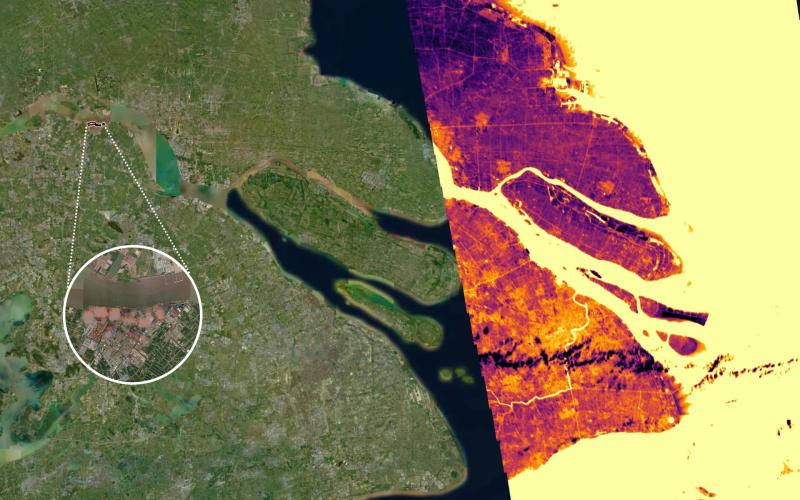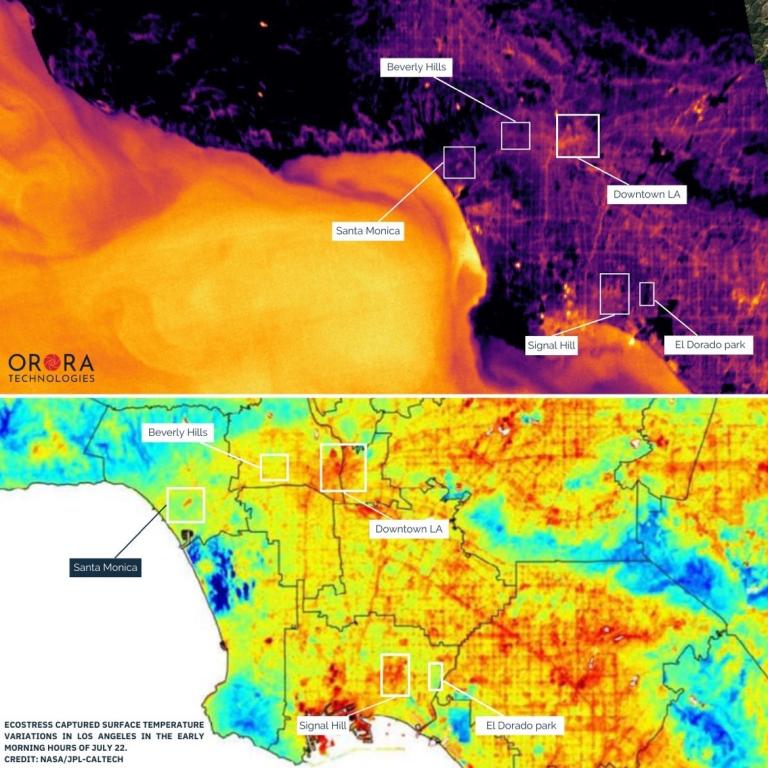Urban Heat and The City: Not a Love Story
Urban heat is a hot topic. It affects equally the southern and northern hemispheres, businesses and ordinary people every day. By 2050, more than 970 cities will experience average summertime highs of 35˚C — nearly triple the 354 cities that already do. The urban population exposed to these sky-high temperatures will increase by 800%, reaching 1.6 billion by mid-century.
Why Does Urban Heat Matter?
Heat waves disrupt our lives in different ways. Both ordinary people and businesses suffer from it without exceptions.
By continuously analyzing urban heat data, urban planners and energy providers can better identify places that need immediate solutions and maximize their impact on combating extreme temperatures in urban areas.
For business:
Productivity losses due to heat currently cost an estimated $100 billion annually only in the U.S alone. This summer, the U.K. experienced unprecedented temperatures too, temporarily knocking out services for giants like Google and Oracle and further affecting their clients, for example, WordPress. These are only a few examples of how businesses are affected by extreme temperatures in urban areas.

For people:
Public interest and concern about heat waves are steadily rising, especially in moderate climate areas such as North Europe. As a result, we see new heat-specific public functions such as Chief Heat Officers and Heat Advisors being filled to tackle these increasingly challenging issues. The real threat lies within the most vulnerable populations like:
- Elderly people who are more prone to heat stress;
- Young people with chronic conditions;
- Pregnant individuals with difficulty adjusting to heat changes;
- Outdoor workers who are exposed to extreme heat for prolonged periods;
- low-income neighborhoods with poor-quality buildings.
For cities:
Heat waves are felt especially severe in the cities, making the “urban heat” one of the critical factors for successful city planning. Our OroraTech thermal data shows a direct correlation between urban heat and income — higher-income areas tend to cool down faster than lower-income areas. Green spaces, water installations and the use of higher quality (more heat-resilient) building materials contribute to faster cooling.

What Can We Do About It?
Urban heat won’t magically disappear, unless we start acting. There are a few things each of us can do to help raise discussions about this problem and the ways to solve it.
Talk about urban heat!
As Eleni Myrivili, heat adviser to the city of Athens, points out, "The awareness part is the most important thing because it's the first thing we have to target." Heat is always something that's insidious and silent. So, break the cycle and spread awareness about it.
Get to know the whole picture by looking at planet Earth's temperature continuously.
Make use of thermal data insights to help cities become smarter in their heat management and improve community quality of life. By continuously analyzing such data, urban planners and energy providers can better identify places that need immediate solutions and maximize their impact on combating extreme temperatures in urban areas.